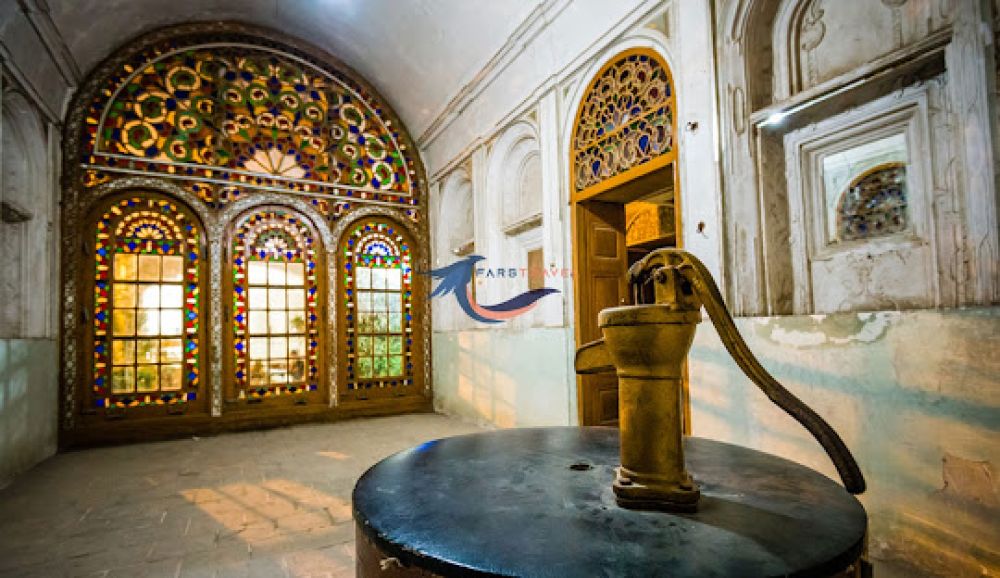

Yazd Water Museum, located in Yazd, Iran, is a testament to the ingeniously developed water systems known as 'qanats' that have been in use for over 2,000 years. These underground channels are a crucial component of the city's rich heritage, delivering scarce water from the mountains to the arid desert city of Yazd, enabling human settlement in this harsh environment. The museum itself is housed in a beautiful 13th-century mansion, which once belonged to a wealthy Persian merchant.
With the recognition of Yazd’s historical city by UNESCO as a World Heritage Site, the Yazd Water Museum has seen a substantial increase in visits from both domestic and international tourists. Since its establishment in 2000, the museum has played a significant role in educating visitors about the complexities of water management in a desert city. Exhibits include displays of ancient tools, a mock-up of a qanat, and historical documentation related to water rights and irrigation technology.
As guests walk through the museum's cool underground spaces, they can see the intricate network of water passages that run deep beneath the city. The sophisticated knowledge and skills of the Persian engineers who crafted these qanats are highlighted throughout. Old maps and photographs, water ownership documents, and a range of tools used in the construction and maintenance of the qanat systems are also on display.
Tourism in Yazd has been growing as a result of greater global interest in sustainable living practices. In line with this trend, the Yazd Water Museum is becoming an increasingly popular destination for eco-tourists and history buffs alike. The qanats stand as an example of early sustainable engineering, a system that operates purely by gravity and requires no pumps or modern technology.
Another emerging trend in tourism is the desire for authentic cultural experiences. Visitors to the museum can get a glimpse into the life of the desert city's residents by exploring the qanats and learning about the way these water systems influenced social and economic structures.
Moreover, with the rise of digital and social media, more travelers are discovering Yazd's hidden gems, like its Water Museum, and sharing their experiences online, which in turn promotes further interest and awareness of the city's unique cultural heritage.
The Yazd Water Museum is more than just a collection of ancient artifacts; it is a crucial educational site that illustrates a pivotal chapter in human adaptation to arid environments. The ongoing fascination with the qanats of Yazd reflects a contemporary appreciation for ancient sustainable technologies, and the museum stands at the intersection of historical curiosity and modern ecological interest.